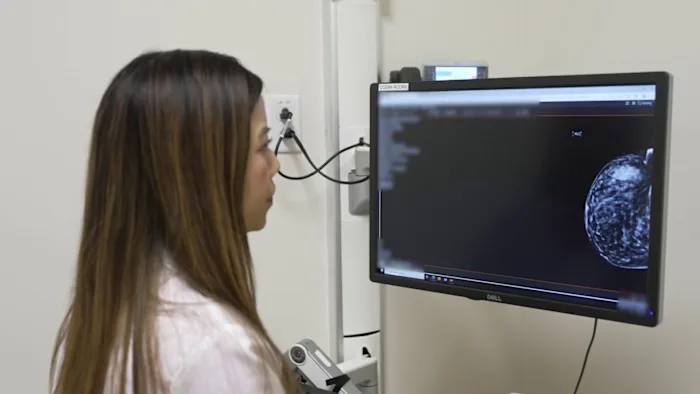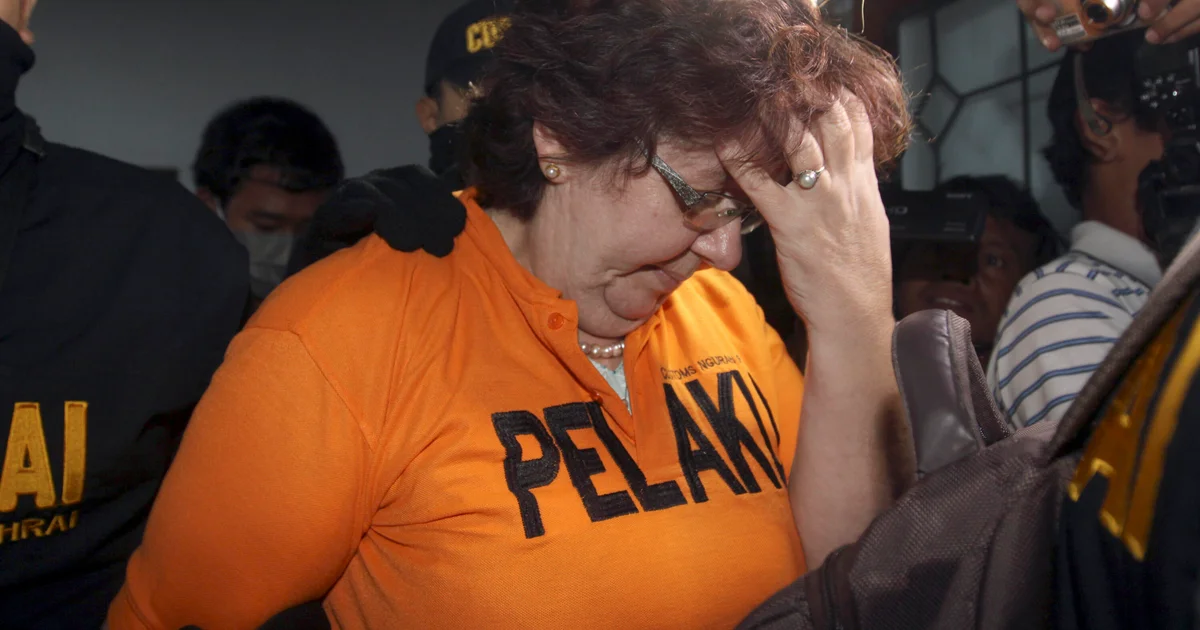Copyright WDIV ClickOnDetroit

Breast cancer rates among Asian American and Pacific Islander women under 50 have surged 50% since 2000, matching or exceeding rates in other racial and ethnic groups, despite overall declining death rates from the disease. Dr. Tran Ho, a breast surgical oncologist at El Camino Health, points to several factors driving this concerning trend. “Certainly in the recent decades, we have seen an increase in incidents of Asian American women being diagnosed with breast cancer,” Ho said. The rise in cases stems from various lifestyle and genetic factors, according to Ho. Changes in diet patterns, including increased consumption of processed foods and decreased intake of vegetables, fiber and grains, play a significant role. Rising obesity rates and more sedentary lifestyles also contribute to a higher risk. “Then also genetic factors, too. As we’re finding out more information about our family history and people who have been diagnosed with cancers, we can certainly see that there’s a link with that,” Ho explained. Dense breast tissue, which is common among Asian women, can make early-stage cancer detection more challenging. Ho recommends additional screening methods beyond standard mammograms. “Something like bilateral breast ultrasound can also serve as supplemental imaging for women,” Ho said. The importance of early detection also cannot be overstated. “If it is caught at a very early stage, the five-year survival rates are near 99% for these women. So patients do enormously well if we can catch these cancers early,” Ho said. Ho emphasizes the role of lifestyle modifications in reducing breast cancer risk. “We underestimate the power of nutrition and exercise and reducing our risk for breast cancer, and so really eating a healthy diet, oftentimes a plant-based diet, really reduces our risk and really increasing our activity, too,” Ho said. It’s also important to note that Asian American and Pacific Islander women represent a large and diverse population with significant differences between subgroups in terms of genetics, healthcare access, breast cancer types, and cultural attitudes toward screening. Women are encouraged to learn about their individual risk factors and advocate for appropriate screening methods with their healthcare providers.



